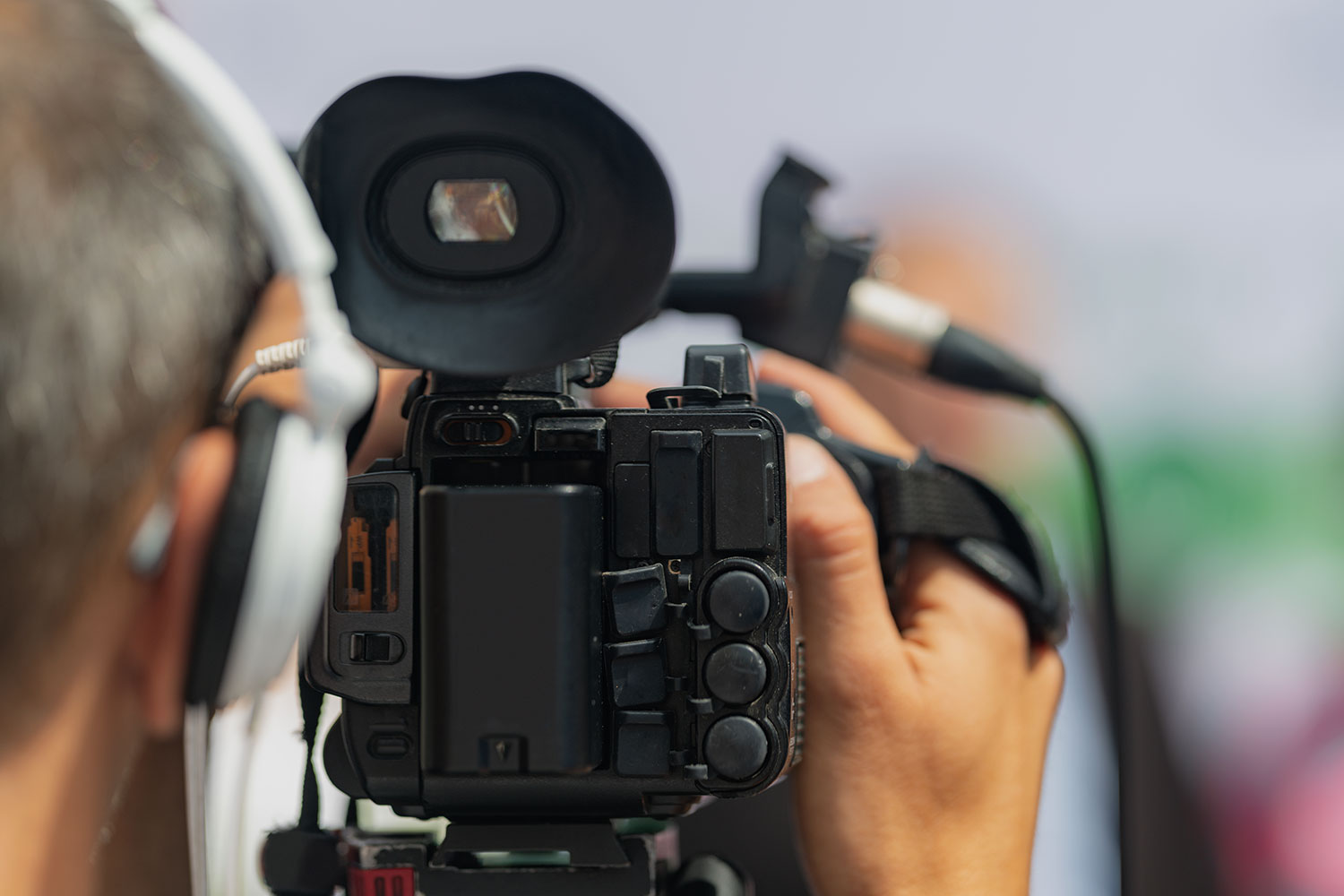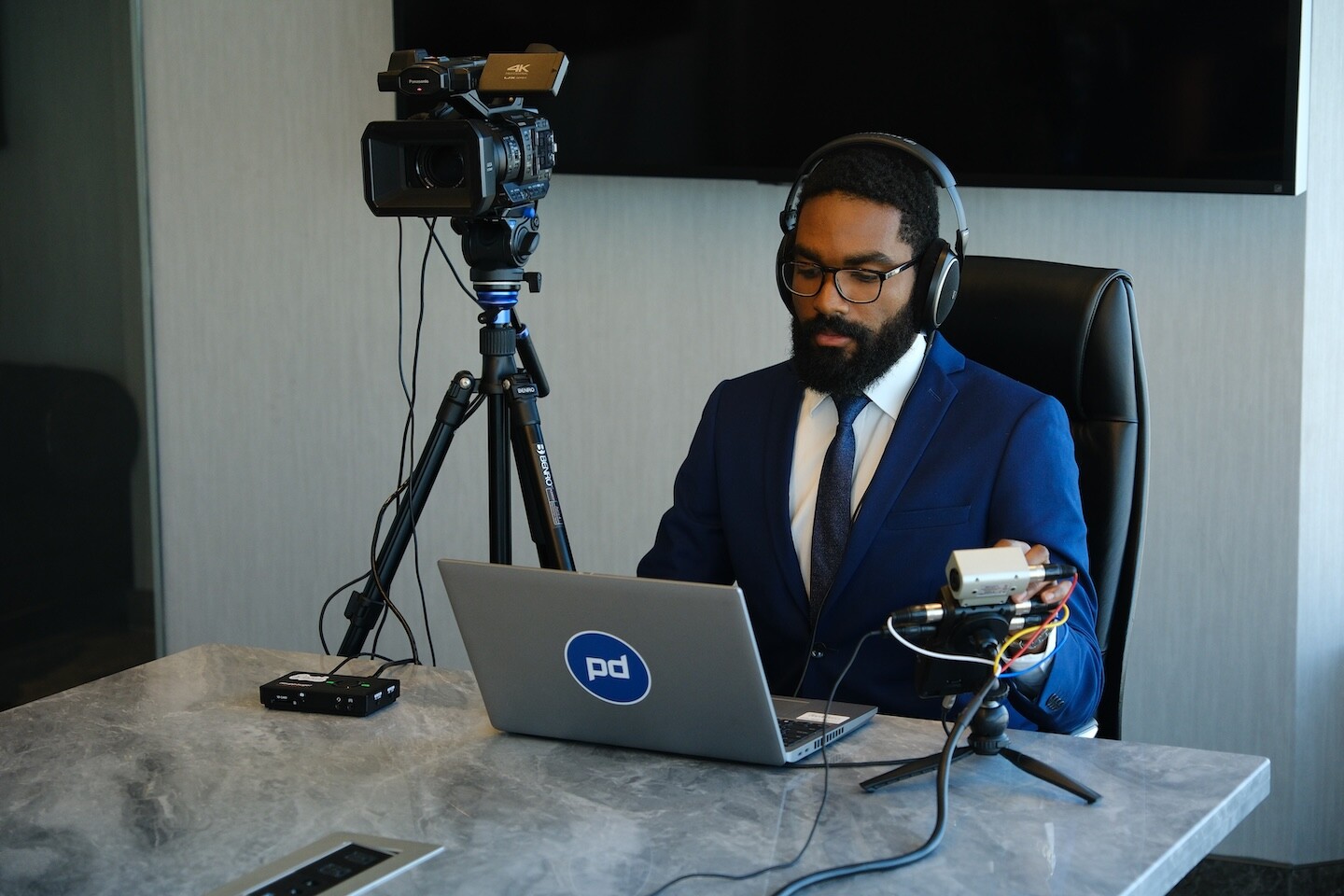A beginner’s guide to expert legal video in modern litigation
Devices and ToolsQuality legal video production counts greatly on specialized equipment and tools made to capture, modify, and deliver clear and effective visual proof. Necessary components include high-definition electronic cameras that assure crisp image quality, together with microphones that capture sound with clearness, minimizing history noise. Tripods and stabilization systems enhance the solidity of footage, considerable for preserving audience focus. Lights tools is likewise vital, as it helps illuminate topics properly, decreasing darkness and improving visibility. In addition, mobile recording tools are usually utilized for depositions and interviews, ensuring versatility in numerous setups. Eventually, the ideal combination of these tools not only facilitates precise paperwork yet additionally supports persuasive discussions in the court room, strengthening the integrity of the legal process.
Video Editing And Enhancing Techniques
Effective legal video production prolongs beyond capturing high-grade video footage; it likewise encompasses advanced editing and enhancing strategies that improve the presentation of aesthetic evidence. One crucial strategy entails the careful choice of appropriate clips that finest sustain the case narrative. Editors often make use of changes, such as fades and cuts, to keep customer engagement while ensuring a logical flow of details. Color correction and sound harmonizing are vital for clearness, allowing jurors to concentrate on the web content without diversions. Additionally, text overlays can highlight essential factors or offer context, making complicated information much more accessible. expert legal video. By utilizing these modifying strategies, legal video experts produce compelling aesthetic aids that efficiently share the essence of the case, ultimately serving to strengthen the debates provided in the courtroom
Discussion Styles Explained
While various discussion formats exist, each serves a distinct function in the domain name of legal video production. Common formats consist of depositions, trial discussions, and video exhibits. Depositions usually catch witness testaments, ensuring a dependable document for future referral. Test presentations utilize modified video segments to succinctly communicate important points, typically boosted with graphics and comments for quality. Video exhibits work as aesthetic aids, offering jurors with context and strengthening crucial debates. Each layout counts on advanced technology, including high-quality cameras and editing software application, to ensure clearness and expertise. By choosing the proper format, legal groups can effectively communicate their story, promoting an extra interesting courtroom experience that sustains their case purposes.
Ideal Practices for Capturing Legal Video
Recording high-quality legal video calls for careful factor to consider of devices choice and configuration, making certain perfect lights and sound high quality. Efficient modifying and post-production strategies likewise play an important duty in presenting the end product clearly and skillfully. These best techniques are crucial for maintaining the stability and efficiency of legal video documentation.
Tools Choice and Setup
Selecting the right tools for legal video production is important for making certain high-grade footage that fulfills legal requirements. Experts commonly go with high-def cameras capable of catching clear, thorough images. Tripods are vital for security, preventing shaky footage that can weaken the presentation. In addition, utilizing multiple camera angles can boost the story by giving varied point of views. It is also recommended to have backup recording tools to avoid information loss. Storage space solutions must be reputable and sufficient to accommodate large video documents. When selecting equipment, mobility is necessary, as legal settings can vary in dimension and location. Ultimately, video codecs ought to work with editing and enhancing software application to facilitate seamless post-production processes.
Lighting and Audio High Quality
Efficient illumination and audio quality are essential elements in the production of legal video, as they greatly affect the clearness and professionalism and trust of the last item. To achieve ideal illumination, it is essential to utilize soft, diffused light resources that reduce severe darkness and protect against glow. Placement lights tactically to brighten topics evenly, ensuring all faces and information are noticeable. Relating to audio, making use of top quality microphones is vital; lavalier mics are usually preferred for their capacity to catch discussion clearly while reducing background noise. Additionally, monitoring ambient sound levels throughout recording can aid preserve audio consistency. By sticking to these best practices, legal specialists can boost the effectiveness of their video discussions, ensuring they share the desired message with precision.
Editing and Post-Production Techniques
After ensuring suitable lighting and sound top quality, the following stage in generating legal video entails meticulous modifying and post-production techniques. This phase is crucial for boosting the clarity and professionalism and reliability of the end product. It typically includes cutting unneeded video, remedying color disparities, and adjusting audio degrees to guarantee crisp audio top quality. Incorporating graphics, such as titles or annotations, can assist stress key factors and give context. Furthermore, seamless changes between sections add to a coherent narrative circulation. Legal video editors need to also bear in mind conformity with legal criteria and personal privacy considerations, guaranteeing that delicate details is taken care of appropriately. Inevitably, reliable editing and enhancing and post-production raise the top quality of legal discussions, making them extra impactful in the courtroom.
Integrating Legal Video Into Trial Technique
Incorporating legal video into trial approach can greatly enhance the presentation of evidence and narratives in the court room. By successfully using video, lawyers can supply aesthetic context that strengthens their arguments and aids jurors comprehend complicated information quicker. Legal video clips can consist of witness testimonies, reenactments, or aesthetic evidence that supports the instance, creating an engaging narrative that resonates with the target market.
Moreover, integrating legal video enables strategic pacing during a test. Attorneys can select when to provide video evidence to optimize its effect, assisting to keep juror involvement and focus. Additionally, making use of use this link legal video can assist in clear interaction of crucial points, making sure that important facets of the case are not forgotten. In general, integrating video components thoughtfully right into trial approach can significantly influence the court's understanding and understanding, possibly persuading the outcome for the offering party.
Enhancing Court Engagement With Legal Video
Although jurors often encounter info overload throughout tests, improving their engagement with legal video can significantly improve their focus and understanding. Legal video works as a vibrant device that changes complex info into absorbable aesthetic narratives. By including video discussions, attorneys can efficiently show vital evidence, witness testimonies, and case timelines, making the content extra relatable and simpler to understand.
Aesthetic components record jurors' attention, enabling them to take in info more effectively than through spoken descriptions alone. Furthermore, navigate to this site the usage of top notch legal video can evoke psychological responses, promoting a much deeper connection to the situation. This psychological involvement can notably affect jurors' assumptions and decision-making procedures.
Ultimately, legal video not just makes clear detailed information yet also strengthens the overarching motifs of a trial, making sure that jurors remain involved and informed throughout the procedures. Therefore, it emerges as an essential property in modern court room discussions.
Case Studies: Successful Usage of Legal Video in Trial Runs
As legal specialists significantly identify the influence of visual narration, numerous study illustrate the successful application of legal video in tests. One noteworthy case included an accident suit where video depositions of witnesses significantly enhanced the jury's understanding of the incident. The vivid imagery and emotional testaments developed a compelling story that affected the jurors' understandings.
In an additional circumstances, a criminal test made use of surveillance footage to rebuild the events leading up to a burglary (expert legal video). The video evidence cleared up inconsistencies in witness testimonies, ultimately swaying the court's my company decision towards a sentence
A company lawsuits situation showcased the critical use of animations to discuss complicated economic deals, enabling jurors to grasp elaborate information effortlessly. These instances highlight how legal video not only help in providing evidence yet also improves total involvement, bring about extra notified court considerations and outcomes in numerous legal contexts.
Regularly Asked Inquiries

Just How Is Legal Video Different From Standard Video Recording?
Legal video varies from typical video recording in its function and adherence to certain legal standards. It concentrates on clarity, information, and correct paperwork, guaranteeing that the video appropriates for use in legal procedures.
What Are the Expenses Connected With Legal Video Production?
The expenses associated with legal video production differ extensively, affected by variables such as devices top quality, modifying complexity, and the production team's experience. Additional expenses might consist of location charges and post-production services for ideal presentation.
Can Legal Video Be Used in Appellate Judiciaries?
Legal video can be used in appellate courts, mostly as a device for showing trial process. However, its admissibility depends upon administrative regulations and whether it offers to clarify the record or step-by-step concerns.
What Are the Legal Demands for Using Video in Court?


The legal requirements for using video in court typically consist of adherence to guidelines of proof, proper verification, assuring significance, and conformity with administrative policies. These factors assure the honesty and reliability of the video proof presented.
How Do I Select a Lawful Video Provider?
Picking a legal video company includes examining experience, technology, and credibility. Take into consideration variables such as certification, customer reviews, and schedule to assure the provider meets particular legal needs and enhances court room efficiency.